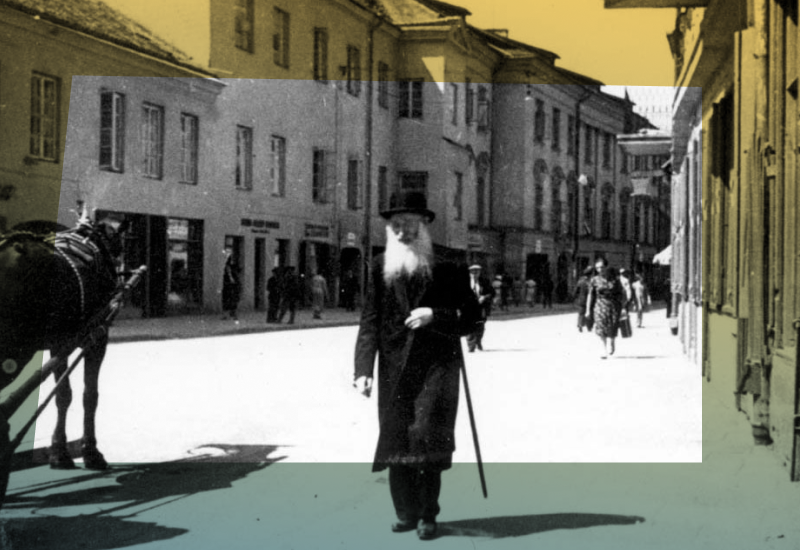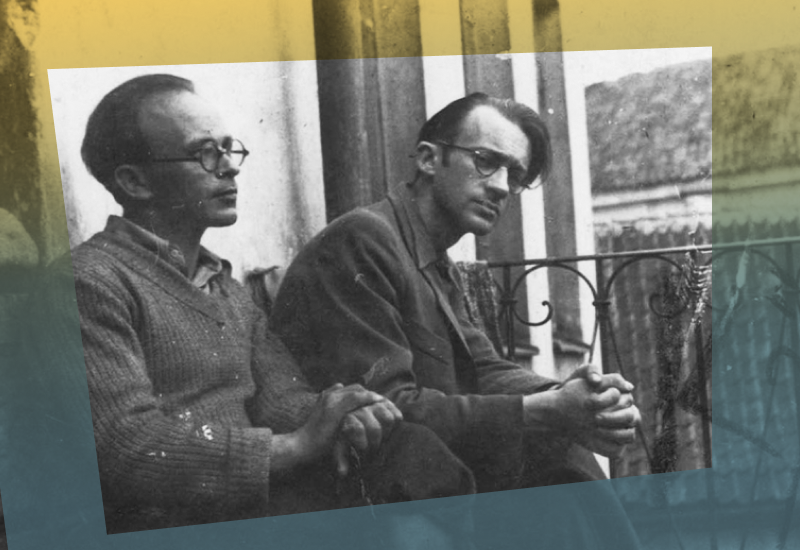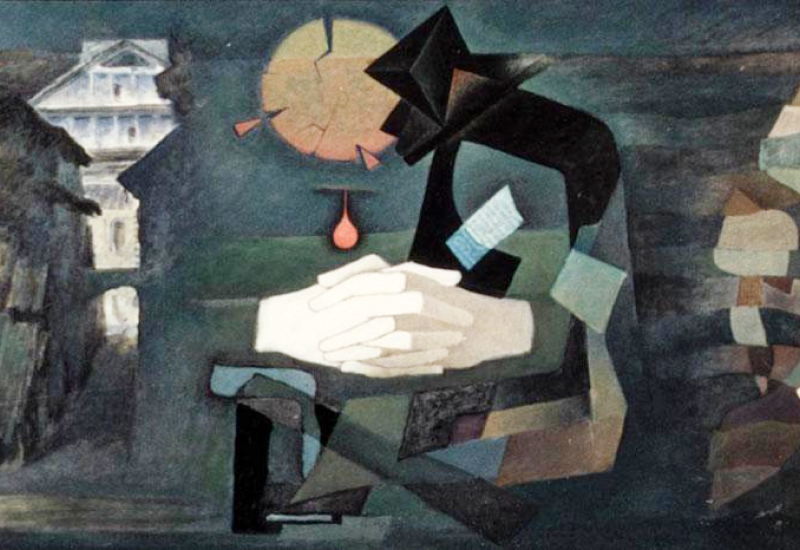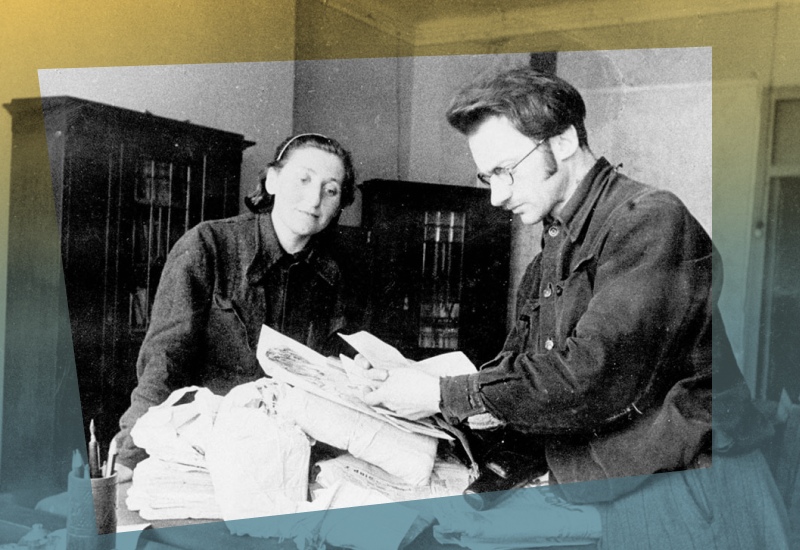On the eve of the Holocaust, the Jewish community of Vilna was the spiritual hub of Eastern European Jewry. A center of Jewish learning, political life, creativity and tradition, the community bustled with cultural and religious activity, including movements and parties, educational institutions, libraries and theaters. Known in the Jewish world as "the Jerusalem of Vilna", it was a community of rabbis and gifted Talmudic scholars, intellectuals, poets, authors, artists, craftspeople and educators - a spiritual center of the first order.
On 22 June 1941, the Germans invaded Soviet territory and entered Vilna two days later. Approximately 60,000 Jews lived in Vilna at the time, constituting 30% of the total population. The community of Vilna, which had flourished for centuries, was decimated during World War II. This exhibition presents episodes from Vilna's history. Continue reading >>>
We would like to thank Dr. Yitzhak Arad for his assistance with this exhibition. The exhibition was made possible with the support of Nehemia Burgin in memory of his parents, Vilna ghetto survivors Zlata and Yehiel Burgin.
Before the Holocaust

The Jews of Vilna between the Two World Wars
After World War I, Vilna retained its standing as one of the largest and most important centers of Jewish life in Eastern Europe. In 1921, some 46,500 Jews were living in the city, approximately 36% of the total population, and by 1931 the number had grown to 55,000 people. Some 85% of them declared their mother tongue to be Yiddish, and the rest were listed as Hebrew speakers. Rehabilitation and support activities that had begun among the Jews during World War I continued afterwards. The city had a committee to assist the refugees. Continue reading
- Jewish Cultural Life in Vilna between the Two World Wars
- Jewish Education in Vilna between the Two World Wars
- Jewish Religious Life in Vilna between the Two World Wars
- Jewish Political Organizations in Vilna between the World Wars
- Jewish Mutual Aid Organizations in Vilna between the World Wars
- Jewish Health Organizations in Vilna between the World Wars
During the Holocaust

Vilna During the Holocaust
The Red Army captured Vilna on the 19th of September 1939. On the 10th of October it was made known that Vilna was to be transferred to independent Lithuania. Free movement to Vilna was possible until the end of October and thousands of Jews took advantage of the opportunity and moved from Polish territory, which was under Soviet rule, to Vilna. Among them were the leaders of the Zionist parties, youth movement members and yeshivas together with their Rabbis. The border between Lithuania and the Soviet Union was closed in mid-November 1939. From that point on the border could only be crossed illegally. Continue reading
After the Holocaust

The Jewish Community of Vilna after World War II
Immediately following liberation, survivors who returned began to document the events of the Holocaust and commemorate Vilna's Jews and its once thriving community. A historical institute was founded by Abraham Sutzkever, Abba Kovner, Shmerke Kaczerginski and Dr. Shmuel Amarant. Continue reading

Tales of Vilna: Yiddish authors and poets document Jewish life
The story of three important literary figures from Vilna: Chaim Grade, who documented the destroyed Jewish world in his literature; Abraham Sutzkever, whose work focuses on the Holocaust and Eretz Israel (Mandatory Palestine); and Abraham Karpinowicz, whose stories portray daily life in the Jewish community of Vilna before the Holocaust. Continue reading






